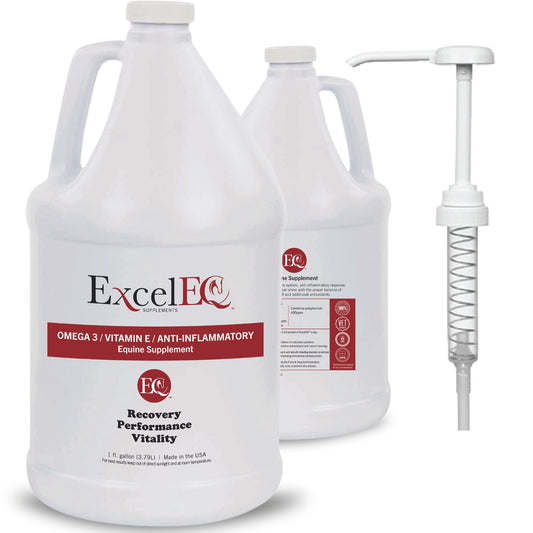Effective Ways to Prevent Water Buckets from Freezing
Share
Winter can be a challenging time for keeping water buckets from freezing. To ensure your horses always have access to fresh water, consider implementing these practical solutions. Here’s a guide to keeping your water buckets from freezing during the coldest months.
1. Place Buckets in an Enclosed Area
Keep Buckets in a Sheltered Space
Placing water buckets in an enclosed or semi-enclosed area, such as a run-in shed, helps to protect them from the harsh elements. The insulation provided by these spaces can significantly slow down the freezing process, keeping the water at a more manageable temperature.
2. Arrange Buckets Close Together
Group Buckets to Reduce Freezing Rates
By positioning your water buckets close together, you create a microclimate where the ambient temperature is slightly warmer due to the collective heat from the surrounding environment. This setup not only makes it easier for horses to drink but also helps reduce the rate at which the water freezes.
3. Utilize Sunlight
Maximize Sun Exposure to Slow Freezing
If you need to keep your water buckets outside, place them in areas where they can receive direct sunlight. Sunlight can help maintain a higher temperature around the buckets and slow down the freezing process.
Extra Tip: Fill your buckets during the day when temperatures are higher. This simple trick can help delay freezing and ensure your horses always have access to liquid water.
4. Opt for Larger Buckets
Use Bigger Buckets to Minimize Freezing
Larger buckets have more water volume, which takes longer to freeze compared to smaller buckets. This is an effective way to keep water available for a longer period.
Extra Tip: If your larger bucket still freezes, consider covering part of the bucket with an insulating material to further slow the freezing process.
5. Choose Rubber Buckets or Tires
Incorporate Rubber Buckets for Better Insulation
Rubber buckets are not entirely freeze-proof, but they do slow the freezing rate. Similarly, placing a bucket inside a rubber tire can provide additional insulation and keep the water from freezing too quickly.
Extra Tip: For added insulation, place a smaller bucket inside a larger one and fill the space between with bedding material. This creates an insulating layer that can help keep the water from freezing.
6. Use Plastic Bottles and Salt
DIY Ice Prevention with Salt and Plastic Bottles
Fill a plastic bottle with water and add a cup of salt. The salt lowers the freezing point of the water inside the bottle, allowing it to float on top of the water in your bucket. This can help keep the water from freezing completely.
Why It’s Crucial to Prevent Frozen Buckets
Hydration and Its Importance
Maintaining hydration is critical for your horse’s overall health, including muscle function and gut health. If you notice your horse is drinking less water in winter, consider adding a supplement like ExcelEQ to support their hydration needs.
Additional Tips and Products
In addition to these DIY methods, various products are available to help prevent water buckets from freezing. Explore options tailored to your specific needs and circumstances.
For more winter care tips, check out our Winter Grooming Tips Blog.






